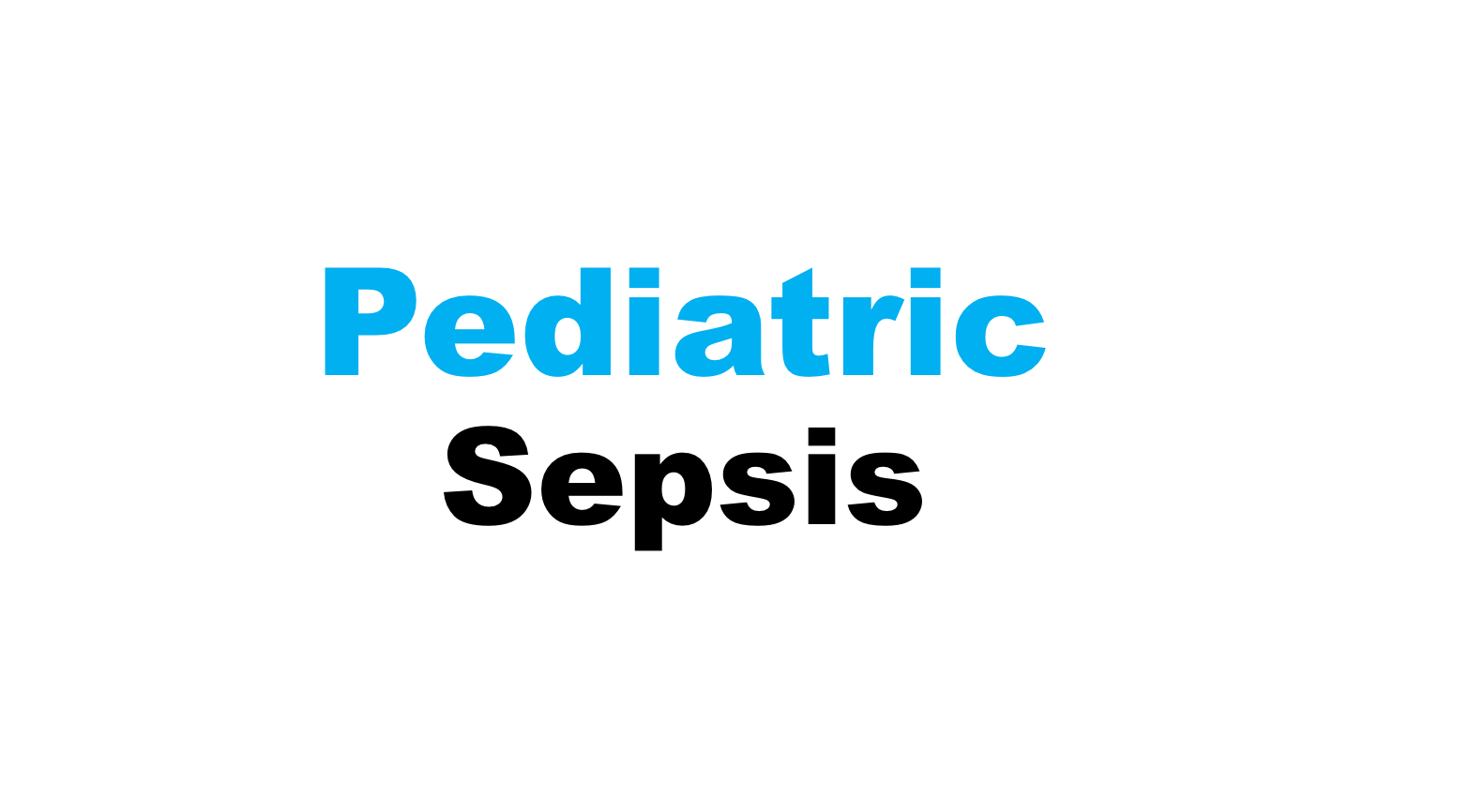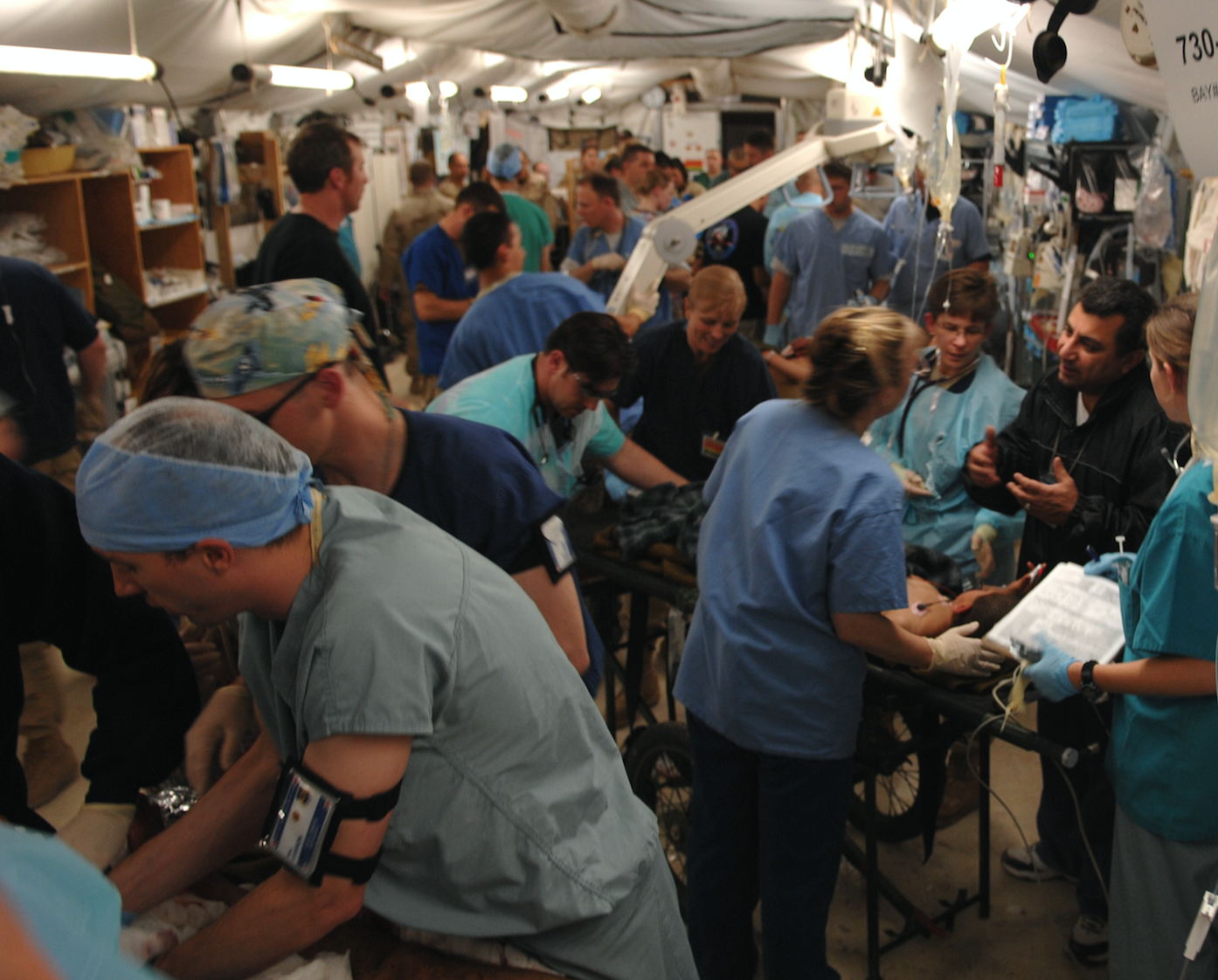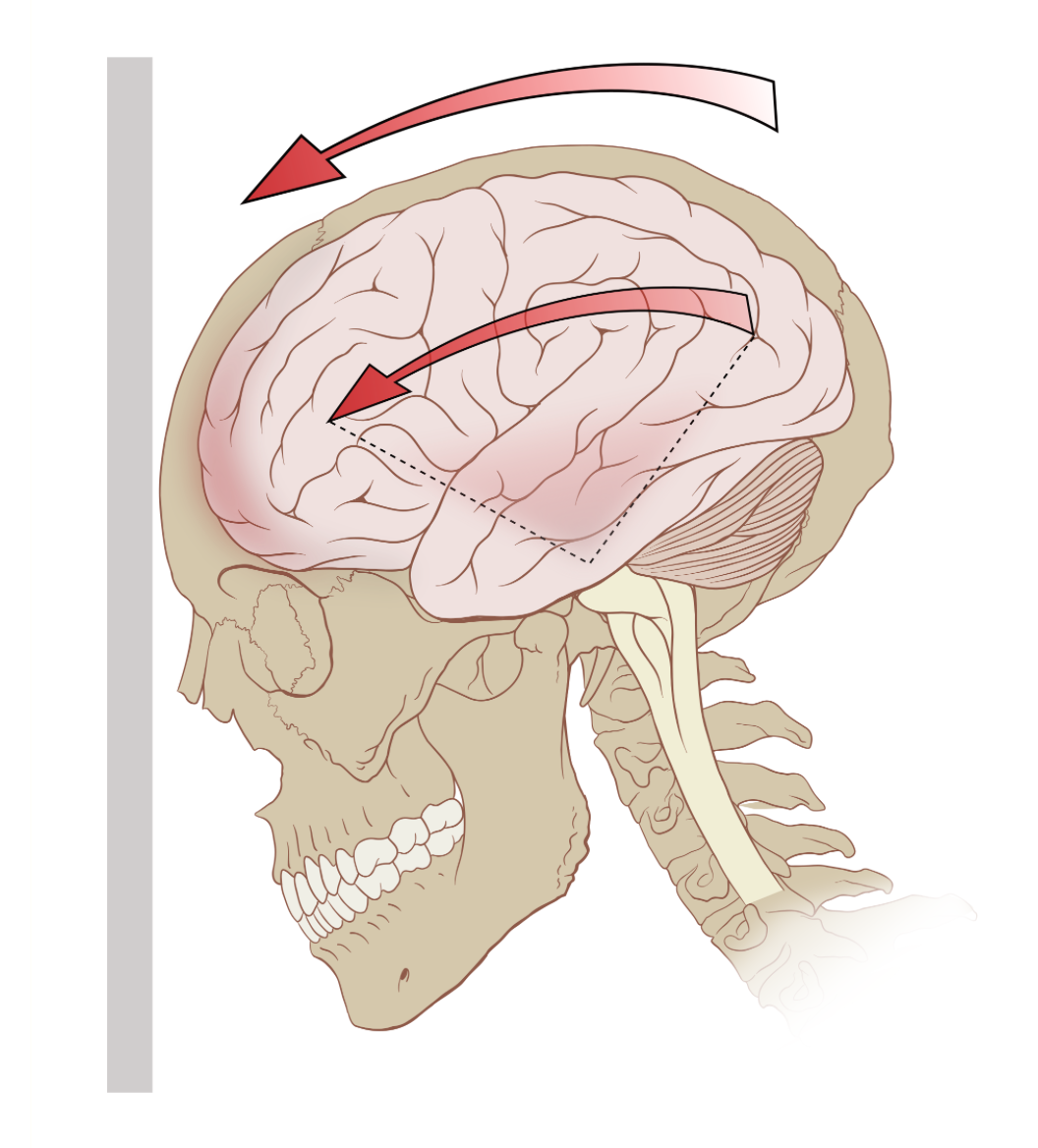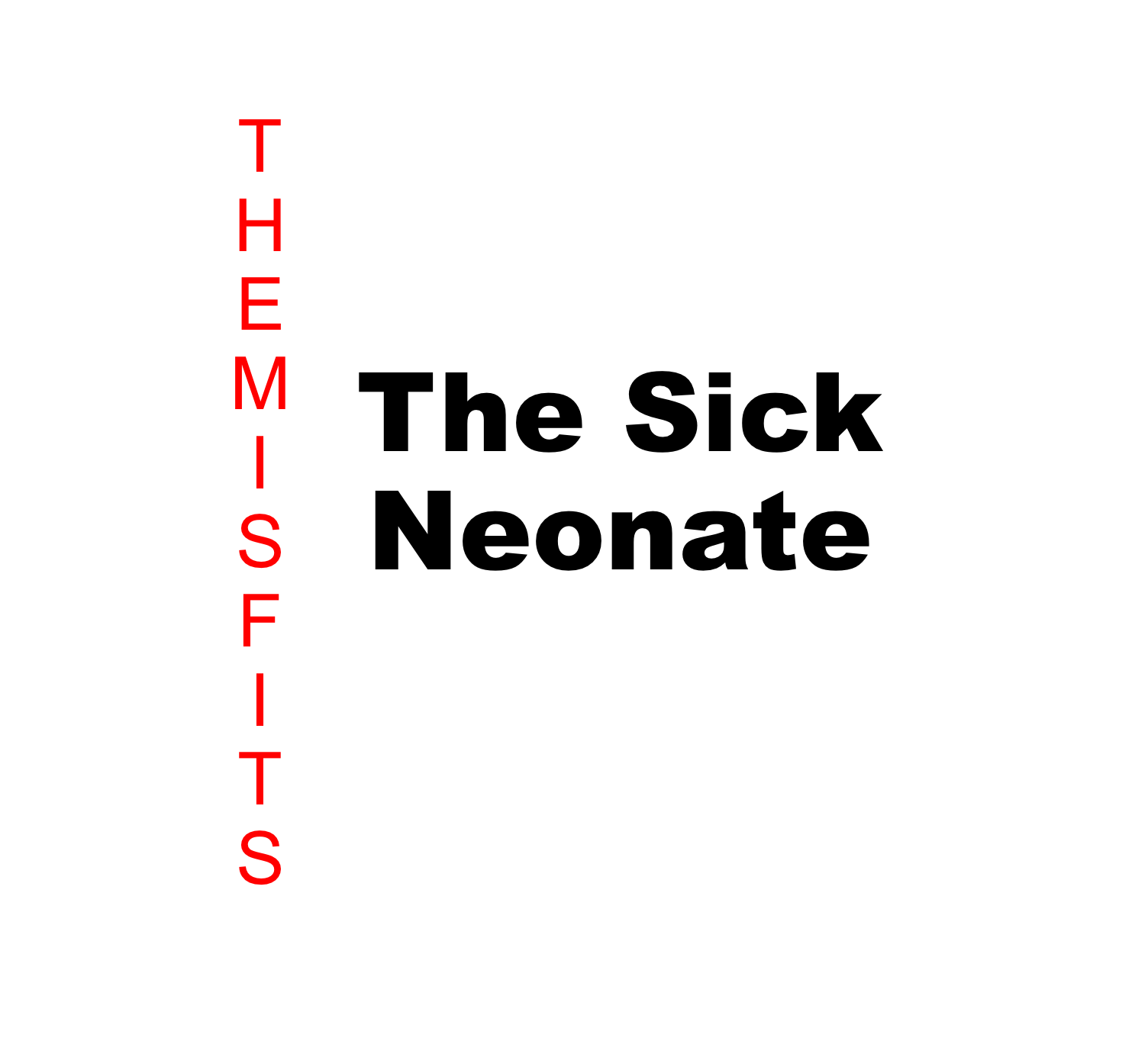- Sep 8th, 2014
- Nachi Gupta
- leave a comment
- categories:
Category Name: practice updates
- Sep 2nd, 2014
- Albert Arslan
- leave a comment
- categories:
- Aug 26th, 2014
- Zach Radwine
- leave a comment
- categories:
Continuous quantitative waveform capnography, also known as end-tidal carbon dioxide, PetCO2, or ETCO2, is a measurement of the partial pressure of CO2 in the exhaled breath. This technology has been around since the mid-19th century and only relatively recently has its potential in emergency medicine begun to be explored. [...]
- Aug 22nd, 2014
- Jennifer Robertson
- leave a comment
- categories:
- Aug 20th, 2014
- Brett Sweeney
- leave a comment
- categories:
- Aug 18th, 2014
- Daniel Ostermayer
- leave a comment
- categories:
Does End Tidal CO2 correlate with PaCO2 in Traumatic Brain Injury? Your neurosurgeons and trauma team have accepted a transfer to your hospital for intensive management of a trauma patient who presented to a small community hospital with a traumatic subarachnoid hemorrhage and epidural hematoma a...
- Aug 14th, 2014
- Jennifer Robertson
- leave a comment
- categories:
Concussion is a type of mild traumatic brain injury (TBI) that classically occurs in sports-related incidents but can be due to any traumatic force to the brain. The term concussion stems from the Latin word, concussus, which means “to shake violently." While sport is the most common cause of con...
- Aug 12th, 2014
- Zach Radwine
- leave a comment
- categories:







